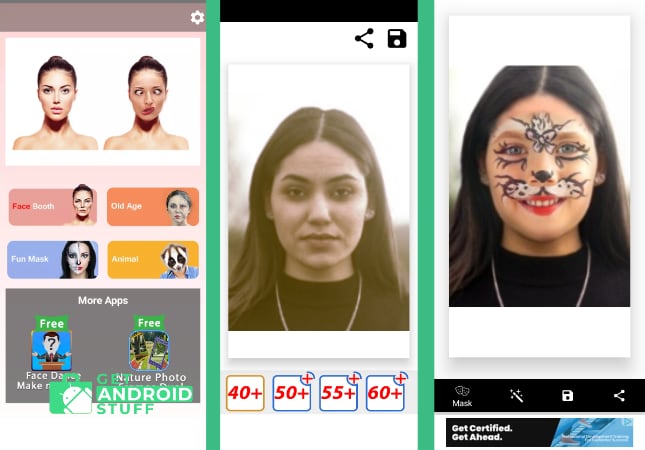
Glaucoma causes the pressure within the eye to increase, which can damage the optic nerve. People who have Marfan syndrome tend to develop these eye problems at a younger age. Marfan syndrome also increases the risk of a detachment or tear in the retina, the light-sensitive tissue that lines the back wall of your eye. The medical term for this problem is ectopia lentis, and it occurs in more than half the people who have Marfan syndrome. The focusing lens within your eye can move out of place if its supporting structures weaken. This can eventually lead to heart failure. When heart valves don't work properly, your heart often has to work harder to compensate. This can produce stretching of the valve tissue and abnormal valve function. People who have Marfan syndrome can have weak tissue in their heart valves. An aortic dissection weakens the vessel's structure and can result in a rupture, which may be fatal. This can cause severe pain in the chest or back. Dissection occurs when a small tear in the innermost layer of the aorta's wall allows blood to squeeze between the inner and outer layers of the wall. The wall of the aorta is made up of layers. In people who have Marfan syndrome, this is most likely to happen at the aortic root - where the artery leaves your heart. The pressure of blood leaving your heart can cause the wall of your aorta to bulge out, like a weak spot in a tire. Faulty connective tissue can weaken the aorta - the large artery that arises from the heart and supplies blood to the body. The most dangerous complications of Marfan syndrome involve the heart and blood vessels. Marfan syndrome can interfere with the normal development of the ribs, which can cause the breastbone to either protrude or appear sunken into the chest.īecause Marfan syndrome can affect almost any part of your body, it may cause a wide variety of complications. If your doctor suspects a problem, you'll likely be referred to a specialist for further evaluation. If you think that you or your child may have Marfan syndrome, talk to your doctor or pediatrician. A high, arched palate and crowded teeth.

A breastbone that protrudes outward or dips inward.Disproportionately long arms, legs and fingers.Some people experience only mild effects, but others develop life-threatening complications. The signs and symptoms of Marfan syndrome can vary greatly, even among members of the same family, because the disorder can affect so many different areas of the body. Your doctor may want to measure your arm span if he or she thinks you might have the disorder. Goncahrov said this should help speed up the process.Īnd he added: "We don't sell or share any user data with any third parties.Marfan syndrome is a genetic disorder that causes people to have unusually long arms, legs and fingers. And users can do this by going to settings, then support and opt to report a bug, using the word "privacy" in the subject line message. He said that users can also request that all user data be deleted. Most images are deleted from our servers within 48 hours from the upload date." The main reason for that is performance and traffic: we want to make sure that the user doesn't upload the photo repeatedly for every edit operation. "We might store an uploaded photo in the cloud. We never transfer any other images from the phone to the cloud," Goncharov added. "We only upload a photo selected by a user for editing. He said that user data is not transferred to Russia and that "most of the photo processing in the cloud."
FACE MORPH AGE PROGRESSION APP ANDROID
To change permissions, either delete the app, or go to app settings on your iPhone or Android and change what data tools are allowed to access.įorbes contacted FaceApp founder Yaroslav Goncahrov, who provided a statement Wednesday morning. Your every move via location tracking, for instance. It’s likely many have access to photos and an awful lot more. Users who are (understandably) concerned about the app having permission to access any photos at all might want to look at all the tools they have on their smartphone. This could be done on the device, rather than the server, as machine learning features are available on Android and iOS, but FaceApp may want to stick to using its own computers to train its AI. FaceApp improves its face-changing algorithms by learning from the photos people submit. It’s unclear how well FaceApp’s AI would process photos on the device rather than more powerful servers.


 0 kommentar(er)
0 kommentar(er)
